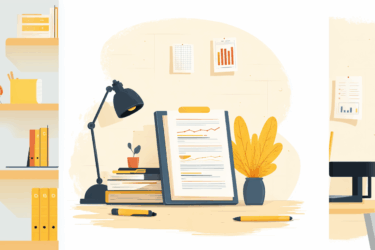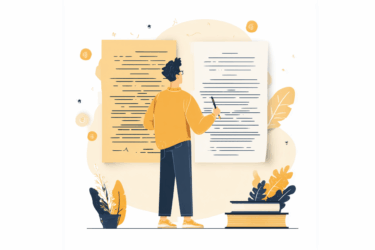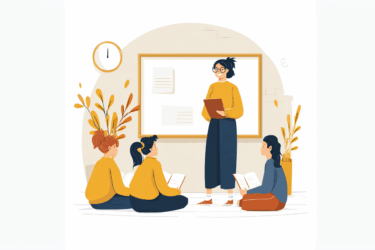Though the legendary “Nothing is new under the sun” was written thousands of years ago, people still try to invent something original. New ideas and information expand us, nourish our minds, and drive forward our aspirations. That’s why, regardless of whether it’s a fiction book or an academic article, we value authentic ideas most of all and feel betrayed and frustrated when someone steals them.
Moreover, original, honest work, reflection, and writing help us generate ideas and shape our minds. For all these reasons and a dozen more, originality is the top priority in evaluating any text, whether a published essay or a university assignment. Plagiarism, unintentional or deliberate, has severe repercussions both in the professional and academic worlds.
But how can one ensure they don’t tolerate plagiarism or submit unoriginal work since copying can be accidental? That’s when technologies with the tools that check plagiarism come into play.
What is a plagiarism checker?
A plagiarism checker is an instrument that allows scanning the document for copying. It compares the submitted writing to the texts from the database and shows all the similarities. This way, one can determine whether the piece is unique or plagiarized within seconds without manually comparing the sources. In fact, one can even check for similarities before reading to see whether the writing is worth their time—a lifesaving solution for teachers and editors!
Read more on how plagiarism checkers work.
The functions of plagiarism-checking tools may differ depending on each case. Let’s take a closer look at the example of PlagiarismCheck.org.
- One can submit the text on the website or set up a browser extension that will check any webpage. The service also has a Google Docs add-on and LMS integrations for teachers and students.
- The system checks the submitted text, compares it to all the data from its repository, and shows the result: the percentage of potential plagiarism, the highlighted parts of the text with the found matches, and the detailed report with all the similarity sources with the links. The whole process takes up to a few minutes. The report can be downloaded and shared with others.
- The database to which PlagiarismCheck.org compares the submissions contains all the online pages, including those newly published or no longer available, plus some specific resources not accessible for free. Besides, customers can upload their own texts to compare the submissions against them–handy for teachers who want to prevent students from copying from each other.
- The service also offers a Grammar Checker and AI content detector, allowing one to conduct a comprehensive text analysis with one tool in no time.
How to find a reliable plagiarism checker
Plagiarism checkers are meant to accelerate the working routine, not to overwhelm it, especially if similarity check is the task one needs to perform regularly. So, looking for a reliable tool, pay attention to the following factors:
- accuracy–you obviously want the results to be precise;
- integrations–ensure that the solution you opt for is fast and easy to use;
- affordability–your choice should fit your costs;
- additional features–if you work with texts regularly, you may need some other possibilities modern plagiarism checkers offer;
- security–crucial if you don’t want to find the submitted texts published elsewhere.
Free plagiarism checkers often lack security and efficiency. Hence, a professional tool is usually a better solution if a plagiarism check is necessary for your daily work.
PlagiarismCheck.org offers the best value-for-money offer on the market. We provide one check for free, so you can try it and see for yourself! Join us now.






